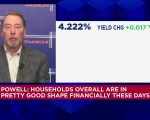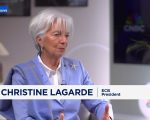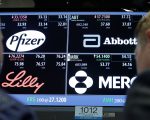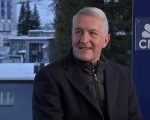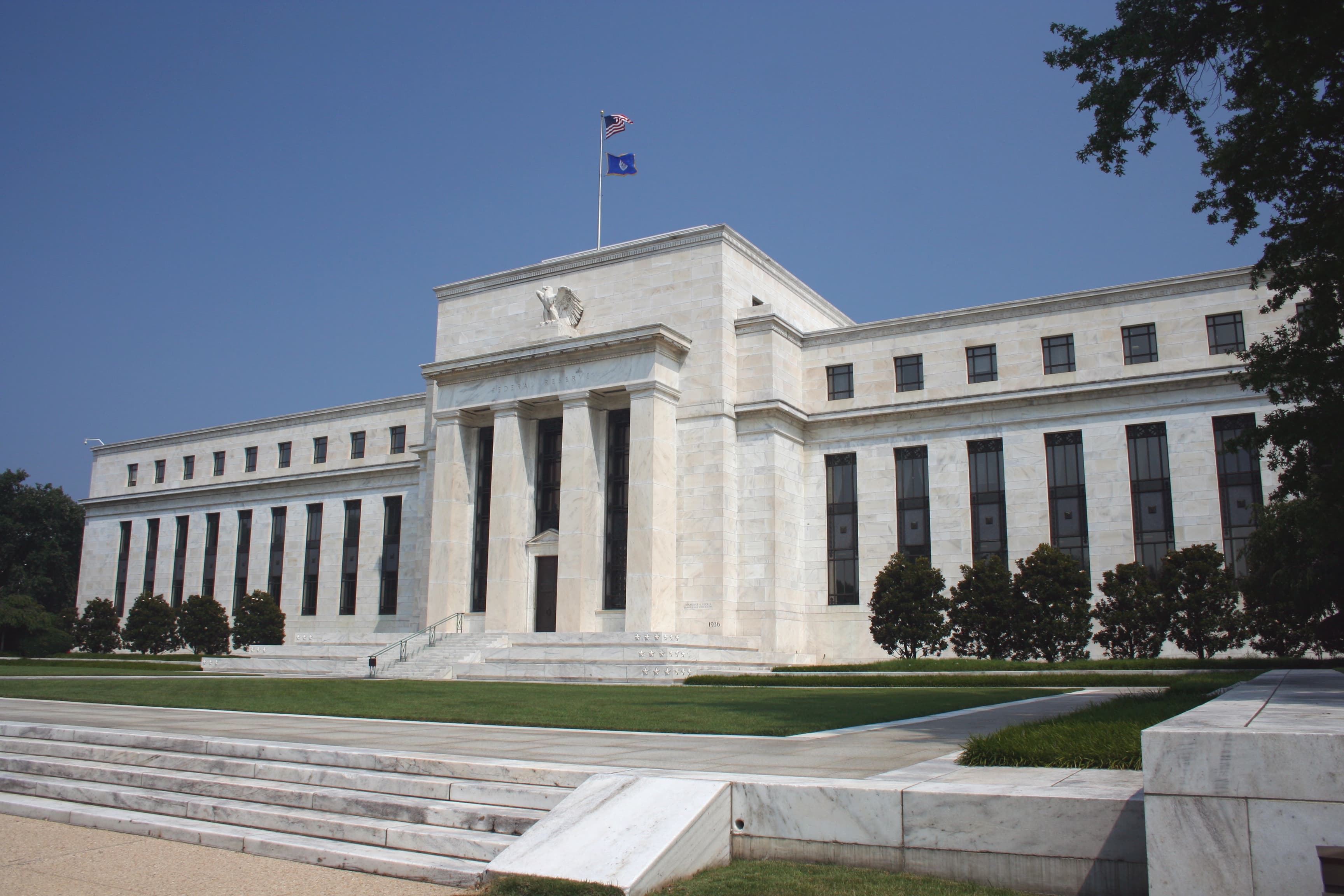
The market has its mind made up: July’s tame inflation reading means no more interest rate hikes from the Federal Reserve. Whether that is the correct assumption, though, won’t be decided on one month’s numbers but rather by a slew of data points yet to come between now and the Fed’s Sept. 19-20 meeting. For now, though, most of those reports are moving in the central bank’s direction as it seeks to bring inflation back down to its 2% long-run goal. “This is what they call the last mile. This is the last mile for this marathon,” said Quincy Krosby, chief global strategist at LPL Financial. “We know that the Fed is getting close. It just depends on how much patience they have.” The “patience” reference goes to whether policymakers will be satisfied that inflation will come back to normal without any further rate increases, or if additional tightening is necessary. Following Thursday’s release of the consumer price index , which showed a 12-month inflation rate of 3.2%, markets upped their bets that the Fed is staying put. That came even though the headline CPI number rose for the first time in more than a year. Odds of a September rate hike fell to 9.5%, down from 14% on Wednesday and about half where they were a week ago, according to CME Group calculations . The chance of any additional rate increases also declined, dropping to 27.3% for November and 24.1% for December, as of about 1:30 p.m. ET on Thursday. Variables at play The CPI report showed either declines or modest increases across a number of important categories, surprisingly including energy, which the Bureau of Labor Statistics said rose just 0.1% on a seasonally adjusted basis despite surging prices at the gas pump. Future trends in energy bear watching as gas prices play an important role in consumer psychology, to which the Fed is keenly attuned. If rising fuel costs feed into heightened inflation expectations, that could cause — and has caused — the Fed to pivot on policy. Thus, there was some caution from the CPI internals, and a stock market rally cooled Thursday afternoon as Wall Street digested the report. “With the economy growing faster than expected in the first half of 2023 and the Fed embarrassed that inflation got so out of control in 2021 and 2022, they are a little more likely than not to raise the federal funds rate another quarter percentage point before year-end to keep inflation from rebounding in 2024,” said Bill Adams, chief economist at Comerica Bank. The hope, though, was that even if cuts aren’t imminent, the Fed at least will stop hiking. Fed rate hikes totaling 5.25 percentage points have thus far not managed to drag the economy into recession, but there are concerns that with lagged effects yet to be felt, more tightening could cause trouble. Hoping for a hold Rick Rieder, chief investment officer of global fixed income at asset management giant BlackRock, said the “we anticipate (and hope)” that the Fed backs off. “We remember last year’s soaring prices like they were yesterday, and consequently the Fed will not cut interest rates for a while,” he wrote. “But hopefully the central bank can stay on hold for an extended period of time, before presumably starting to cut rates later in 2024, as today’s high prices become merely stable over the coming months and quarters.” Market pricing pointed to a strong chance — better than 80%, per the CME — that the Fed would start cutting by March 2024. A move like that could fit either or both of two narratives — that inflation will be low enough by then to loosen policy, and that cuts will be necessary due to a slowing economy that the Fed expects to grow at just a 1.1% pace next year. “More Fed officials are recognizing inflation is cooling. And we expect this to become more widely accepted and thus, shifts markets away from ‘higher for longer,'” Fundstrat head of research Tom Lee said in a CPI breakdown. That transition in Fed thinking indeed could lead to rate decreases. In fact, officials on the Federal Open Market Committee in June penciled in a full percentage point of cuts next year. “We think disinflationary pressures will help the Fed pivot to rate cuts sooner than investors expect, giving a boost to “safe” assets this year and next,” wrote Bradley Saunders, assistant economist at Capital Economics. “Nonetheless, we believe investors are still underestimating how far the Fed will ultimately cut rates over the next couple of years.”

